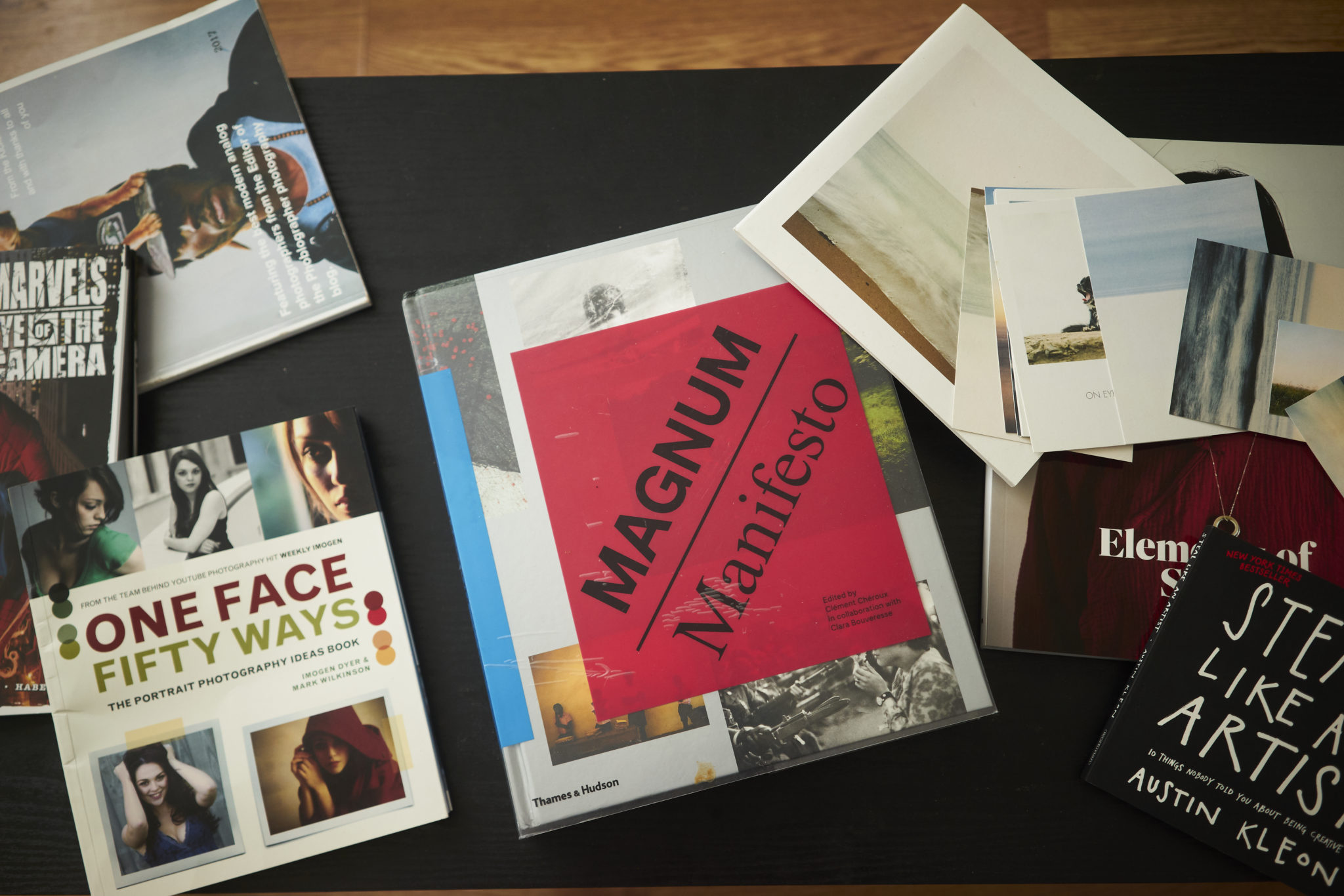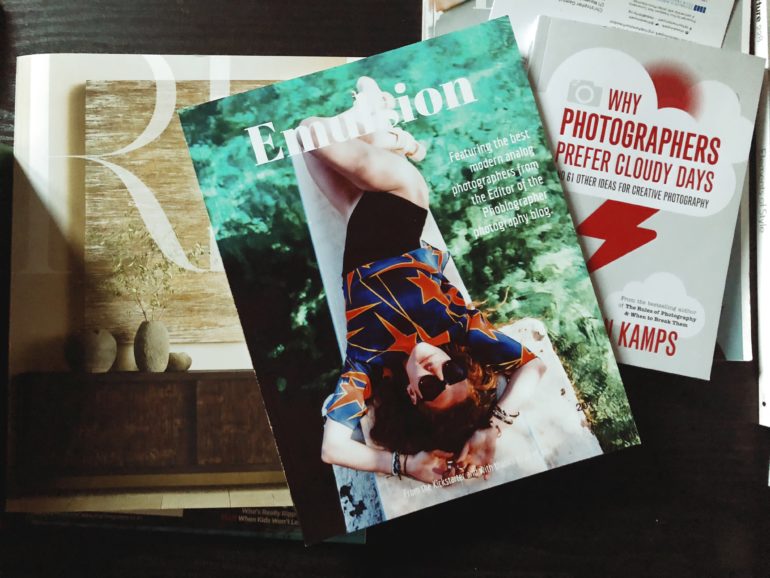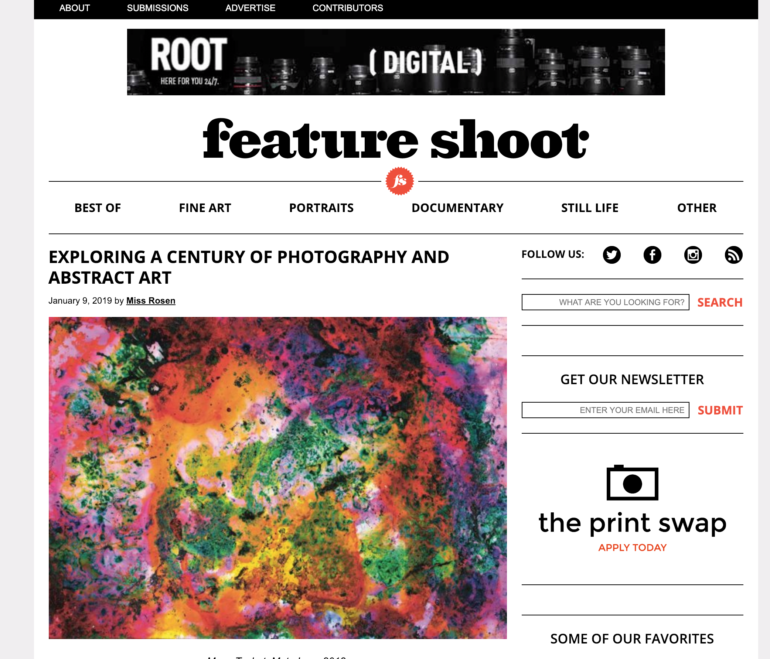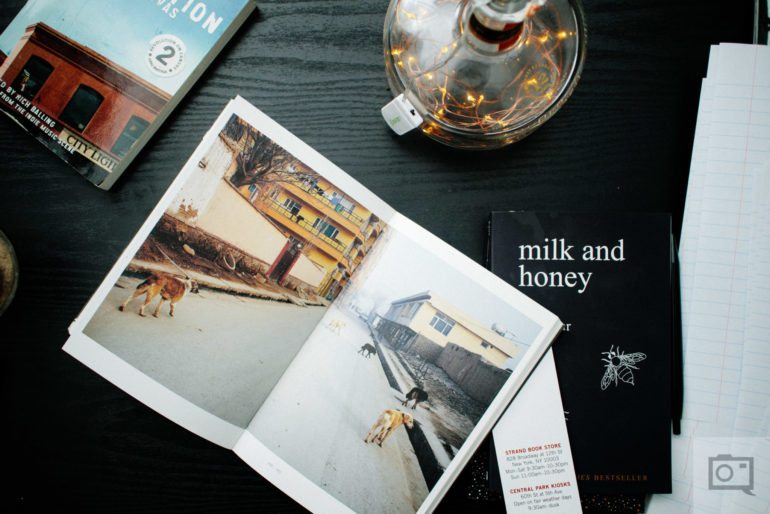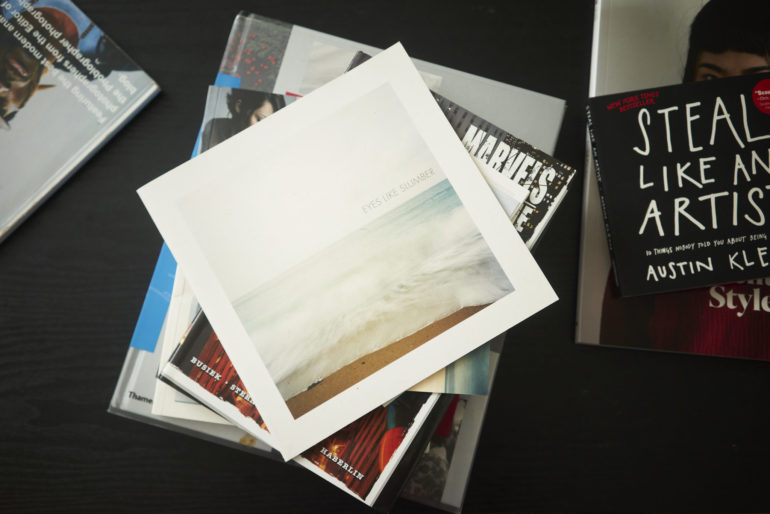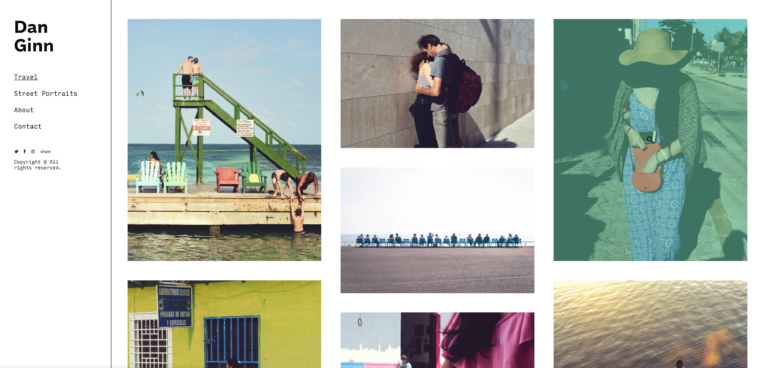Last Updated on 01/31/2019 by Chris Gampat
For the photographer looking for exposure with their photography project, here are some tips on how to get the attention of editors.
For every photographer, there is a clear designation between paid, commissioned work and work that you need to do for exposure of some sort. If you’re looking to get the word out about a new project or yourself, it’s often a great idea to allow publications to feature you. Ethically speaking, it’s often a bad idea to pitch yourself and then demand payment simply because a story is about you and there is a practice in journalistic integrity to not pay for information. If your images are part of a great piece though, then it makes a whole lot of sense to ask for a licensing fee. With that out of the way, I highly suggest that any time that you have some sort of new project done and ready to use not only the power of social media and email to get the word out, but also publications. Gatekeepers often look at publications to help them find new talent and your work could be right on that list.
We spoke to a few editors at other publications about how photographers can pitch themselves and their work. And here’s what we had to say.
“Other terrible things: Photographers sometimes just send us WeTransfer files and we don’t know where they’re from. That’s a security risk to us.”
Let me preface this with a little bit of a dirty secret that honestly isn’t all that much of a secret. Many photography publications tend to copy one another, republish pieces in a syndication deal, and take ideas from places like Reddit then pass them off as a truly original piece. It’s done all over journalism. You can see it in the front page of a number of publications: DIYPhotography, Petapixel, FStoppers, etc. In some ways they’re either finding stuff on Behance (which we tend to do a lot yet we try to make sure that this site delivers a ton of variety) or they wait for one of the publications to do something that looks cool, that they think will give them traffic, and then they do just the right amount of copying/pasting/tweaking to ensure that their content is just different enough to screw over another publication. It’s terrible and I honestly hate playing that game–so my staff deviates away from it as far as possible by putting a super unique spin on the news, a well thought out opinion or by us just looking for other things already. If you’ve read about that 1TB SD card somewhere else, you don’t need to read about it on Phoblographer. But featuring another photographer? We’ll do our best to bring justice to both of us.
It took us years, but I’m ecstatic to say that lots of our artistic content isn’t really seen anywhere else. We tend to work on a lot of original pieces that provide much more variety to the web and also in the process do you more justice as a photographer.
The Worst Things to Do
“When pitching your work, it’s important to first have a feel of the kind of work the publication you’re pitching to usually publishes.” says Joy Asto, the Phoblographer’s News Editor to me. “This will save time for both you and the editors. Once you have that settled, the next step is to craft an effective pitch.” Granted, I’m Joy’s boss; and she makes a terrific point. Many of us in the industry really look for the same things with variations based on who our audiences really are. The same audience that comes to us doesn’t necessarily hang out in the forums at DPReview–thank God!
One of the absolute worst things that a photographer can do when pitching themselves to us is, well, some of the following:
This was one submission. It’s quite literally just something saying “Hey, I exist.” Everything is wrong with emails like this, because now the already busy editor needs to go ahead and come up with something a bit more of a fuller response, ask more questions, etc. For us and other publications that doesn’t totally make sense since we’ve got guidelines. If you follow the guidelines to begin with, it enhances your likelihood of being featured and it shows that you’ve got genuine interest in the publication and not just your own promotion.
Email like this honestly turn lots of editors off.
An email message like this is much better. It’s a bit more thorough, it focuses exactly on a project, but it shows that the person still didn’t follow the guidelines. They sent their email with the right heading but didn’t follow through. Why? It’s annoying and causes unnecessary work that also slows down a publication.
Other terrible things: Photographers sometimes just send us WeTransfer files and we don’t know where they’re from. That’s a security risk to us.
“Vague emails aren’t my favorite…I also don’t love seeing dozens of other publications copied on the same email!” explains Ellyn Kail, the Editor of Feature Shoot. She makes a fantastic point about this as it often means that many publications will more or less have a variation of the same story and it could create many potential issues with copyrighting, copying and pasting, etc. In our most private moments, many publishers get together to speak about this with one another. Sometimes the issues are resolved, but often they aren’t.
“To be honest, the vast majority of the pitches I get are great!” Ellyn continues. “But I don’t love when a pitch isn’t clear. Occasionally, a photographer will send a note that says, ‘Here’s my website (or worse, a WeTransfer folder). Please look through it in its entirety and let me know if anything interests you.'” Feature Shoot usually run series’, so what gets Ellyn interested is when a photographer introduces her to a specific story they care about.
“Vague emails aren’t my favorite…I also don’t love seeing dozens of other publications copied on the same email!”
Another tip from Ellyn: Tell her why you’re emailing briefly. Like many other editors stuck at their desks, she tends to glaze over an email when it takes too long for someone to get to the point. “A concise but meaningful statement about the project goes a long way.”
Feature Shoot has their own guidelines for submissions, which you can find here.
“Nothing annoys an editor more than when you don’t follow instructions!”
“The worst thing that happened over and over was photographers and writers pitching a place. They didn’t seem to realize that we were familiar with almost all the best travel destinations the world had to offer and there were very few places we hadn’t heard about.” explains Dan Westergren, Former National Geographic Travel Photography Director to us in an email. “I used to joke sometimes that, ‘We have a world map, I could throw a dart to come up with place names, we need a story. Paris is not a story, Paris is a place.'” Dan’s words are key to much of what the world of publishing and story creation is all about. In the same way that one would try to make over certain hashtags on a social media platform, many of us compete for keywords. Looking up Paris is bound to have Nat Geo compete with travel sites, tourism boards, etc. It’s sort of preposterous.
Who, What, When, Where, How and Why? The Essential Checklist
These are some questions that every photographer should always answer in any application. It means that you should basically think about these questions as they pertain to your photography; but at the same time try to keep it brief so your massive email doesn’t intimidate an editor. Here are some questions to think about:
- Who are you?
- Who has recognized your work before?
- What do you shoot?
- What is your project about?
- Please tell me you have a project and you’re not just pitching your portfolio…
- When did this project start?
- Is there a gallery launch coming out?
- Are there any important dates?
- Is there a book?
- Where will all these be launched?
- Where did this project take place?
- How did you do it?
- Where did the creative inspiration come from?
- Why should we feature this?
- Why is this project urgent?
“If I get the feeling that the photographer is deeply invested in/passionate about the work they do, it’s probably likely to leave a stronger impression.” explains Ellyn. “My ideal email is definitely on the shorter side, but it also should tell me the story behind the project (or a piece of that story).” While Ellyn has seen it done with a few sentences, I personally tend to like to read something like a fulfilling artist statement. I want to know all the answers to the questions that I outlined in this section earlier.
“Four or Five shots attached in the email and a link to web galleries would be an easy way to start.” relates Dan from his experiences. “At National Geographic it was always really helpful to have a recommendation from our family of contributing photographers.” He continued to state that a simple email that explains the project in a paragraph or two works if the series is great.
“With travel stories it really helped if there was something to produce an interesting journey, maybe a quest of some kind.”
According to Joy, an effective pitch isn’t about you telling the editor that you’re a great photographer. To be honest, that’s the last thing that we want to see in our inboxes. “It’s all about showcasing your project and explaining the motivations, stories, and process behind it.” explains Joy. “Have a clear statement about your work and why you think it’s worth getting the word out. Let the work speak for itself and you’re all set.” She continues to say that you should make sure you check out the submission guidelines when you pitch your work.
“Nothing annoys an editor more than when you don’t follow instructions!”
The Hook
Of course, there’s also the fact that, you know, you could have a unique project! But that project is nothing without what’s called a hook–which refers to something that will easily bring folks into your publication’s website. “…maybe the photographer has a unique perspective that will help them produce something a little different.” explains Dan. “With travel stories it really helped if there was something to produce an interesting journey, maybe a quest of some kind.” He continued to state that a simple travelogue isn’t what magazine editors are looking for.
Coming from experience and with years of trying not to feed into the world of clickbait, the hook is often baited to bring in pageviews.
Images as Attachments
For what it’s worth, I don’t mind clicking on DropBox links, Format client galleries, WeTransfer links etc in the email with the pitch. Attachments to the email also work great. What I absolutely LOATHE is needing to click each and every single image because you were too lazy to attach them and instead just linked to them in your Google Drive.
Attach the photos please. It makes our job much easier, smoother and faster.
“My ideal email is definitely on the shorter side, but it also should tell me the story behind the project (or a piece of that story).”
Noticing something? It’s about making our jobs easier. At any one time our editors are working on other stories, editing, testing, interviewing, putting together features, emailing, etc. Oh, and they’re human beings: they need a break and a life too! And they need to eat! And they need water!! I run the Phoblographer with a sense of ethical journalism and I try to pay everyone the best I can.
Portfolio Websites/Links
You and your pitch should both be organized. That starts with your portfolio.
You do have a portfolio, right? Having a website helps greatly because we can view projects of yours with ease if we don’t like the project that you’re pitching. We can also see what else you’re good at and consider doing some other sort of piece with you. Otherwise, I’ll just need to go through your Instagram for forever until I find what I need.
Is all that I’m looking at just your Instagram page? Really? So when we interview you, can you share our interview on your Instagram with a swipe up in a story? We’ll do our best to feature and promote you, but it should be a reciprocal effort. Instagram is a nice place to share photos, but as I’ve always said, it should NEVER be your home. Your website should have a heavily curated list of work and your Instagram should put out content to feed people back to your website.


